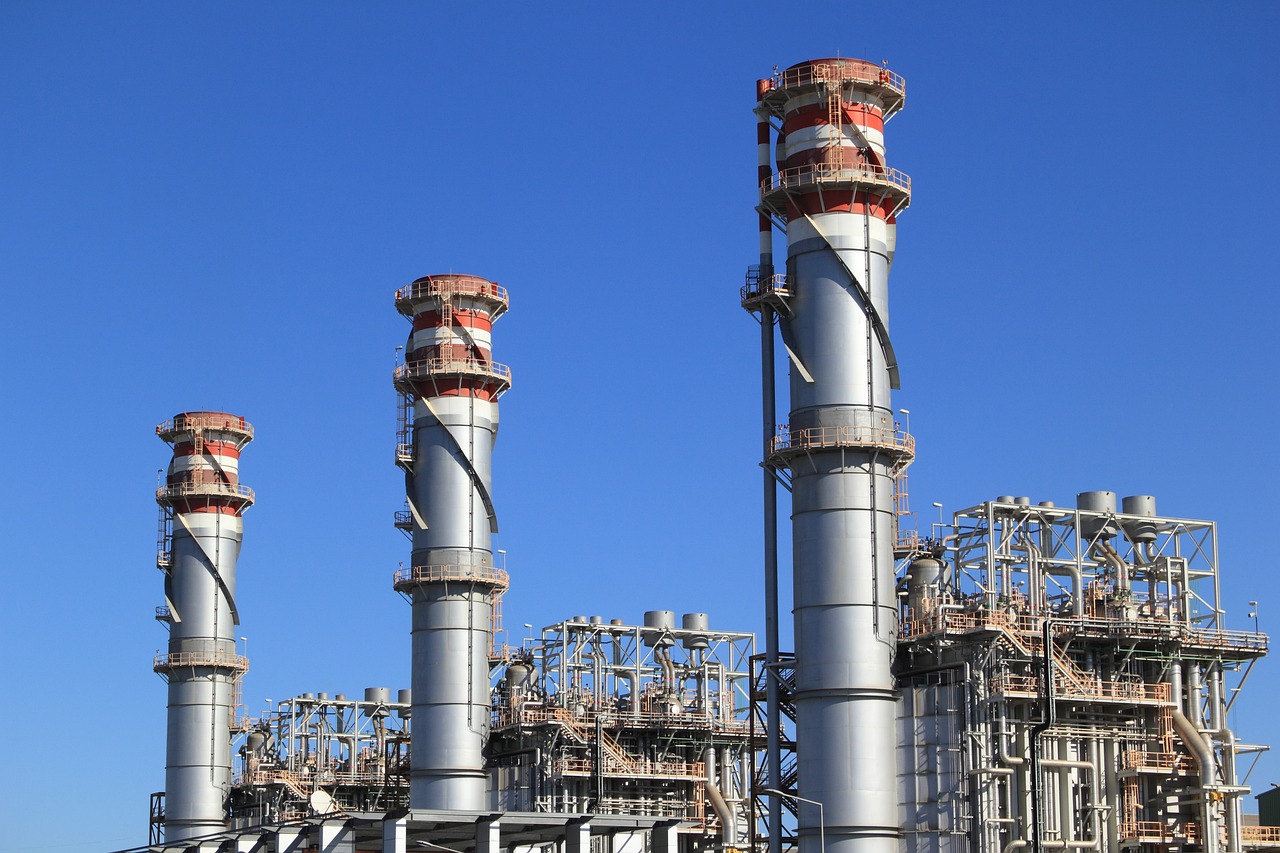In the ever-evolving world of fashion, a new trend has been steadily gaining momentum – one that not only transforms the way we look but also the way we impact our environment. Eco-friendly fashion, also known as sustainable fashion, is reshaping the industry and revolutionizing the way we think about clothing. In this article, we will explore the rise of eco-friendly fashion and its significance in promoting a more sustainable future.
The Environmental Toll of Fast Fashion
Before delving into the world of eco-friendly fashion, it’s crucial to understand the environmental issues associated with the traditional fashion industry. Fast fashion, characterized by its rapid production and disposal of inexpensive clothing, has contributed to a host of environmental problems. From excessive water usage to toxic chemicals, and the massive carbon footprint generated by global transportation, the fast fashion model takes a heavy toll on our planet.
What is Eco-Friendly Fashion?
Eco-friendly fashion, on the other hand, represents a paradigm shift. It emphasizes responsible production, ethical labor practices, and sustainable materials. Here are some key aspects of eco-friendly fashion:
Sustainable Materials: Eco-friendly fashion prioritizes the use of sustainable materials like organic cotton, hemp, bamboo, and recycled fabrics. These materials require fewer resources to produce and are often biodegradable.
Reduced Waste: Sustainable fashion brands focus on minimizing waste by creating durable, timeless pieces and utilizing leftover fabric for other purposes. They also encourage repair and recycling of clothing.
Ethical Production: Workers’ rights and fair labor practices are at the core of eco-friendly fashion. Brands often partner with manufacturers who provide safe working conditions and fair wages.
Local and Transparent Production: Many sustainable fashion brands opt for local production to reduce transportation emissions and promote transparency in their supply chain.
Circular Fashion: Circular fashion models aim to close the loop by designing clothing that can be easily disassembled, repaired, or recycled at the end of their life cycle.
The Appeal of Sustainable Style
Eco-friendly fashion is not just about reducing harm; it’s also about making a positive statement. Here’s why sustainable style is gaining popularity:
Conscious Consumerism: Today’s consumers are more aware of the environmental impact of their choices. They are increasingly looking for brands that align with their values.
Quality Over Quantity: Eco-friendly fashion promotes the idea of investing in high-quality, versatile pieces that last longer, reducing the need for constant replacements.
Fashion Innovation: Sustainable designers are pushing the boundaries of fashion by experimenting with innovative materials and production techniques.
Celebrity Endorsement: Many celebrities and influencers are using their platforms to promote eco-friendly fashion, making it a mainstream trend.
Government Initiatives: Some governments are introducing regulations and incentives to encourage sustainable practices in the fashion industry.
Taking Steps Towards a Greener Wardrobe
If you’re interested in embracing eco-friendly fashion, here are some steps you can take:
Research: Look for sustainable brands and learn about their production practices and materials.
Shop Mindfully: Make informed choices when purchasing clothing. Consider quality, versatility, and the brand’s commitment to sustainability.
Upcycle and Repair: Extend the life of your clothing by repairing or altering items rather than discarding them.
Secondhand Shopping: Explore thrift stores, consignment shops, and online resale platforms for gently used clothing.
Educate Yourself: Stay informed about sustainable fashion trends and the impact of the fashion industry on the environment.
Eco-friendly fashion represents a positive shift towards a more sustainable and ethical future. By supporting brands that prioritize the environment and responsible production, we can all play a part in reducing the fashion industry’s ecological footprint and promoting a greener world. So, why not make your next fashion statement a sustainable one?














